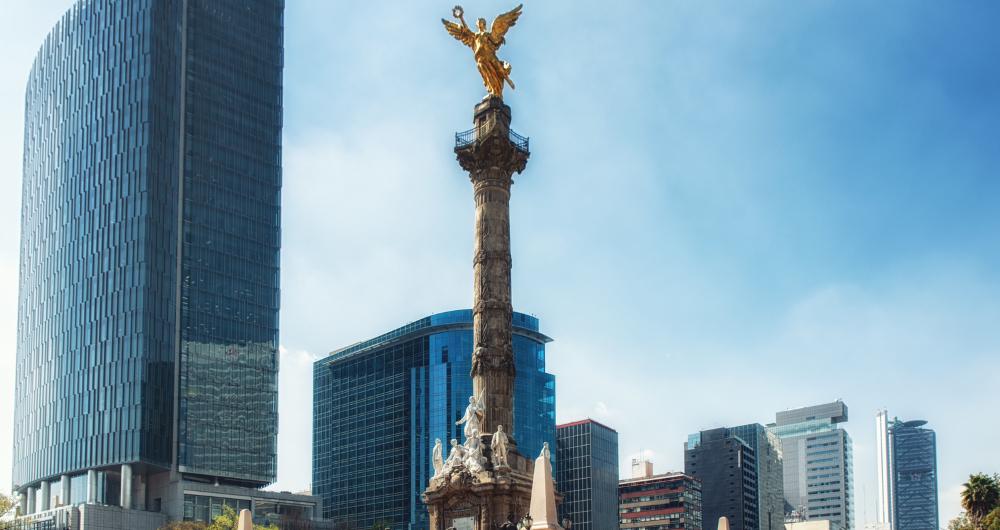In This Article
Need an exciting day trip or urban adventure in Latin America? Head to Mexico City! Discover ancient ruins, world-class museums, vibrant markets, and a thriving culinary scene. Whether you're seeking history, art, or flavor, Mexico City offers unforgettable energy and endless experiences.
Mexico City Highlights:
- Zócalo (Plaza de la Constitución): Explore one of the largest public squares in the world surrounded by historic landmarks.
- Chapultepec Park: Wander sprawling green spaces filled with museums, a zoo, lakes, and a historic castle.
- Frida Kahlo Museum: Step inside the iconic Blue House and learn about Mexico’s most famous artist.
- Teotihuacán: Marvel at the ancient Pyramids of the Sun and Moon just outside the city.
- Roma and Condesa neighborhoods: Stroll stylish streets full of cafés, galleries, boutiques, and leafy parks.
When I like to visit
The best time to visit Mexico City is during spring (March to May) or autumn (September to November). Mild temperatures, blooming jacaranda trees, and fewer crowds make these seasons ideal for sightseeing and outdoor activities.
Tips for getting There
- If you are traveling by air: Fly into Mexico City International Airport (Aeropuerto Internacional Benito Juárez), located about 20–30 minutes from the city center.
- By Bus: Several long-distance bus stations (like TAPO and Terminal Norte) connect Mexico City to towns and cities across the country.
- By Car: Driving into the city is possible, but traffic can be heavy; parking is often limited in busy neighborhoods.
Where I like to stay
- Four Seasons Hotel Mexico City – Luxury oasis on Paseo de la Reforma with a beautiful courtyard and elegant amenities.
- Condesa DF – Chic boutique hotel with modern design, rooftop bar, and a prime location in Condesa.
- Hotel Histórico Central – Great mid-range option in the historic center, walking distance to top attractions.
Best Things to Do
1. Marvel at a National Icon at the Angel of Independence
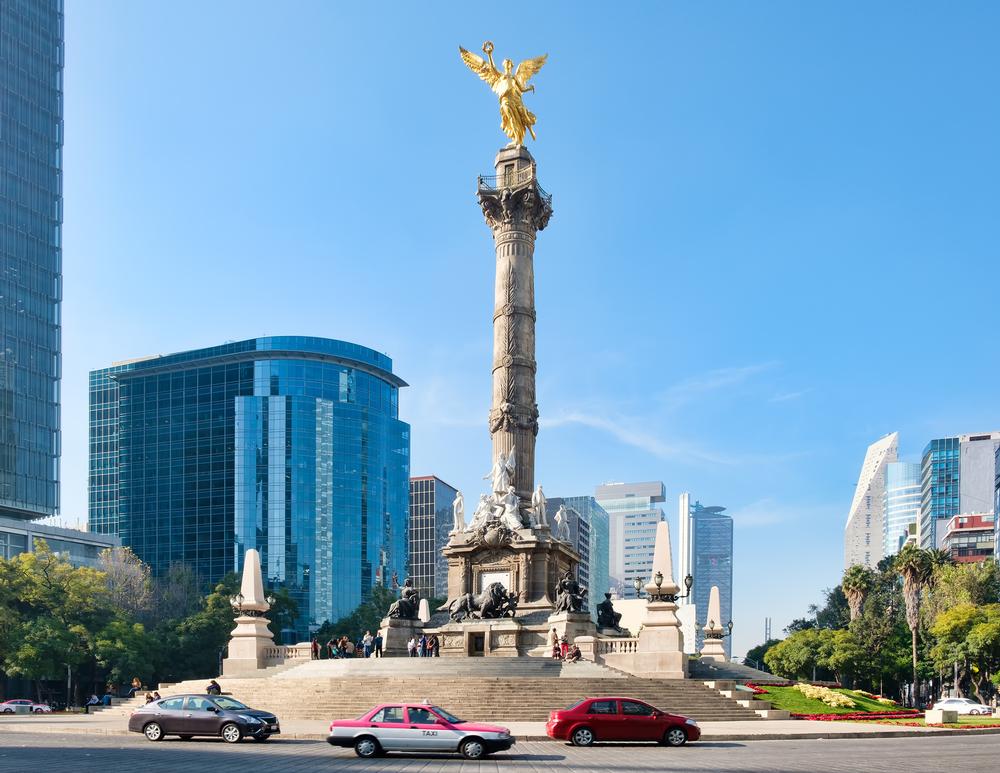
© Courtesy of kmiragaya - Fotolia.com
This monument is one of the most well-known sights in downtown Mexico City. Standing as an icon of independence, construction on this winged statue started in the mid 1800s but didn’t last long because of funding problems. Construction resumed in the early 1900s.
The angel holds a crown of laurel in one hand and a broken three-link chain, symbolizing three centuries of Spanish rule before Mexico gained its independence, in the other hand. A small mausoleum containing the remains of Mexico’s most powerful generals and fighters is located at the base of the angel statue.
Visitors can tour the inside of the Angel of Independence statue and even take a trip to the very top of the statue with special permission.
2. Experience Sacred Beauty at the Basilica of Our Lady of Guadalupe
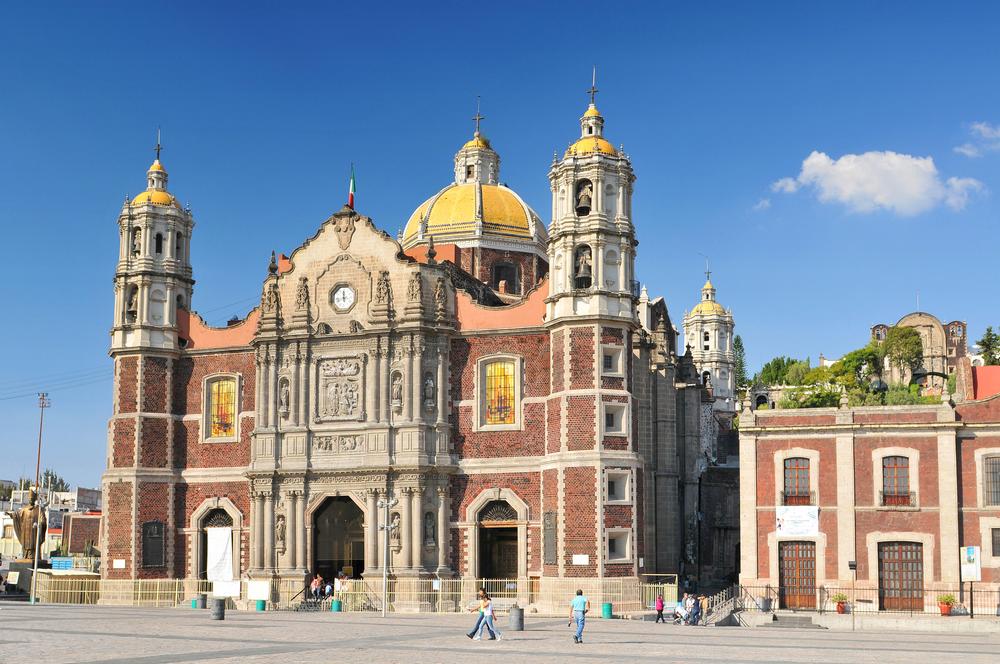
© Courtesy of Cezary - Fotolia.com
This grand Catholic shrine is known for being the National Shrine of Mexico. The history of the original basilica is a bit unclear, but experts assume it was built between 1531 and 1709. The basilica that currently stands in its place was built in the 1970s. Several million people visit this sacred site each year, and thousands flock to the basilica on the 12th of December, Our Lady of Guadalupe’s Feast Day. The Basilica of Our Lady of Guadalupe’s unique circular floor plan allows visitors to see the image of the Virgin of Guadalupe no matter where they are in the building. Ten chapels hide beneath the basilica's circular surface.
Villa de Guadalupe, Mexico City, Mexico
3. Sip Coffee and Browse Books at Cafebreria El Pendulo
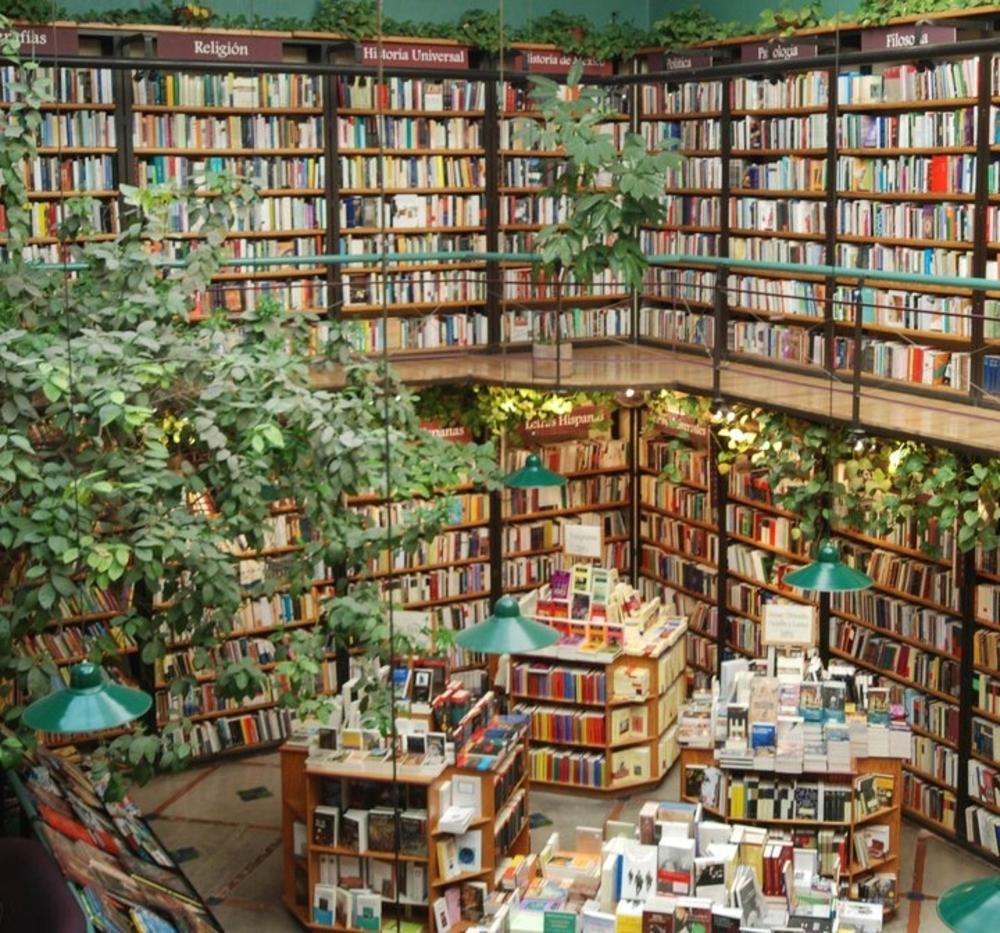
© Cafebreria El Pendulo
This quirky attraction is a mixture of a bookstore, a cafe and a forest. Massive bookshelves line the walls of this building, lush greenery hangs from the ceiling and elegant spiral staircases connect the floors. Visitors can dine and drink on the upper and lower floors of the building. Downstairs the dining is more formal while the upper floor contains sofas and oversized chairs for lounging. The bookstore doesn’t carry old or rare books, but there are plenty of texts in English and Spanish along with a large collection of CDs for sale.
Polanco, Miguel Hidalgo 11560, Mexico City, 11550, Mexico
What to do if you are traveling with kids:
4. Walk Through Royal History at Chapultepec Castle
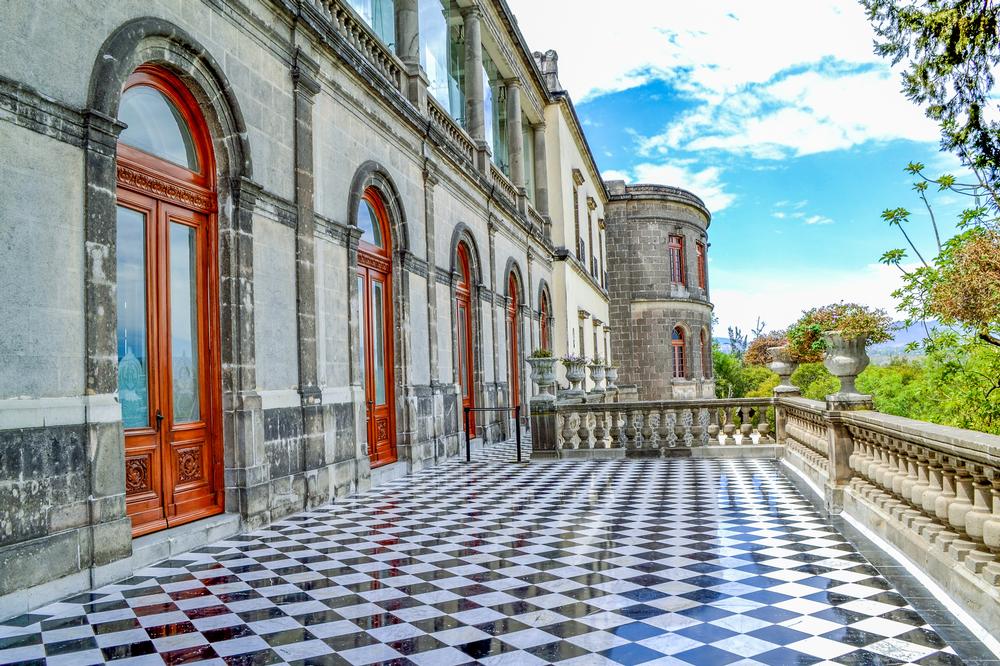
© Courtesy of JoseLuis - Fotolia.com
Unlike Europe, North America isn’t generally known for its castles. However, Mexico City is home to a stunning castle that was constructed in 1725 for the commander in chief of the New Spain, a Spanish colony. The Chapultepec Castle was abandoned for a time and left in poor shape. In 1864 the castle housed another royal family, Emperor Maximilian I and his wife, Empress Carlota. Maximilian lived there for four years before his untimely death by a firing squad of his supposed supporters. Today Chapultepec Castle is the seat of the National Museum of Cultures. Visitors can tour the castle and enjoy the large collection of artwork contained there.
Rampa de acceso al Castillo de Chapultepec, Mexico City, 11100, Mexico
5. If You Love Wildlife, Spend a Day at Chapultepec Zoo
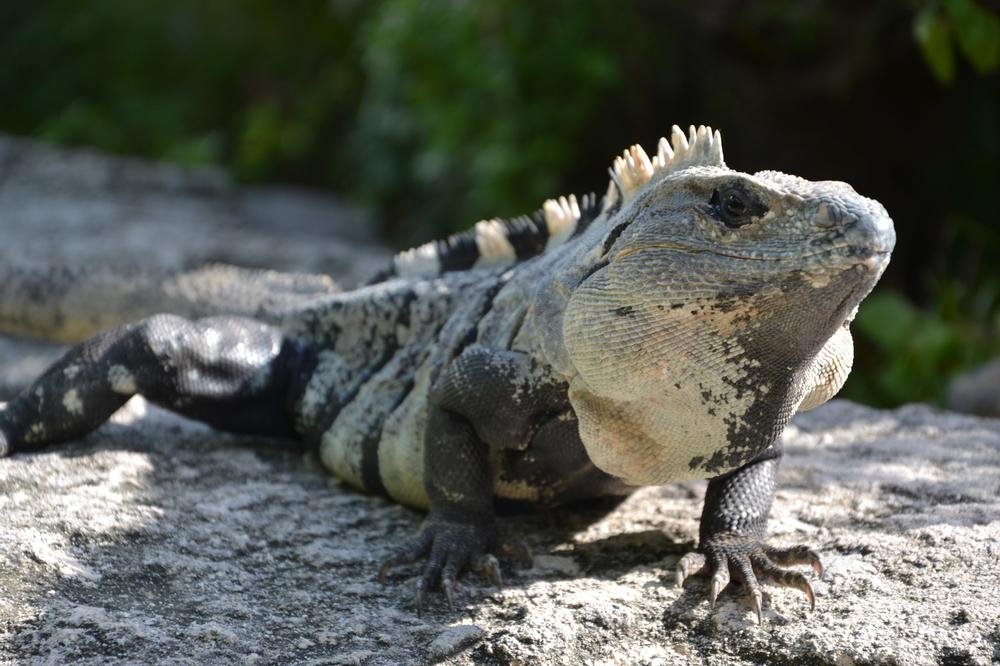
© Courtesy of KINGA - Fotolia.com
Animal lovers will find all kinds of unique creatures at the
Chapultepec Zoo. Considered to be one of the best zoos in Latin America, Chapultepec Zoo is home to nearly 250 different kinds of animals. The animals are segmented into different bioclimatic zones, and zoo visitors have the chance to admire the golden eagle, gray kangaroo, caracal, California condor, spotted hyena and others. The zoo is also involved in breeding, conservation and research programs for some of the animals mentioned above. Chapultepec Zoo is open year-round and admission is free to all.
Plaza de la Constitución, No. 1, 3rd. Floor, Col. Centro, Del. Cuauhtémoc, CP 06068, 5345 8187
Activities and Attractions for Couples:
6. Explore Artistic Legacy at the Diego Rivera and Frida Kahlo House Studio Museum
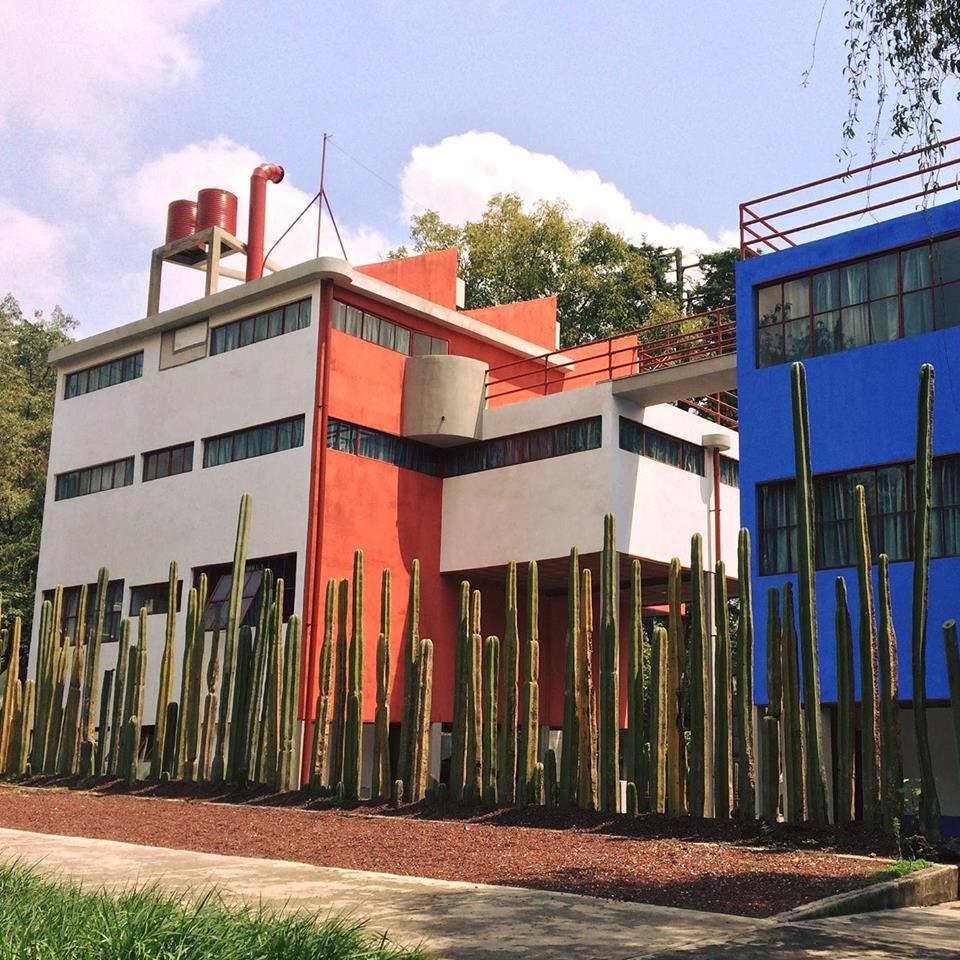
© Diego Rivera and Frida Kahlo House Studio Museum
Two of Mexico’s most famous artists used to live in this prominent studio-museum, which is easy to recognize from the street because of its fence made of cacti. Featuring two buildings separated by a bridge, the inviting space contains pieces of artwork from the married couple. One of the highlights include Rivera’s papier-mâché renditions of humans, skeletons and animals. The homes were designed by Rivera’s friend, a renowned architect, in the 1930s. Kahlo and Rivera lived out a significant portion of their lives together in this special space.
Av. Altavista & Calle Diego Rivera, Mexico City, Mexico
7. Dive Into History at the Frida Kahlo Museum

© Frida Kahlo Museum
The Frida Kahlo Museum is dedicated to the work of Frida Kahlo, a prolific Mexican artist whose work has inspired creatives all around the world. Kahlo’s career as a painter began around age 18 when Kahlo was left immobilized by a devastating accident. Kahlo’s art embodied multiple kinds of techniques, including surrealism, cubism and modern art. She is most well-known for her portraits and her folk art style. In the museum, visitors can see all kinds of drawings, paintings and portraits from different times in Kahlo’s life. The museum also contains a large amount of information about her life and her youth.
Calle Londres # 247, Colonia Del Carmen, Delegación Coyoacán, C.P. 04100, Mexico City, Phone: +52-55-55-54-59-99
8. Uncover Ancient Mysteries at the Great Pyramid of Tenochtitlan
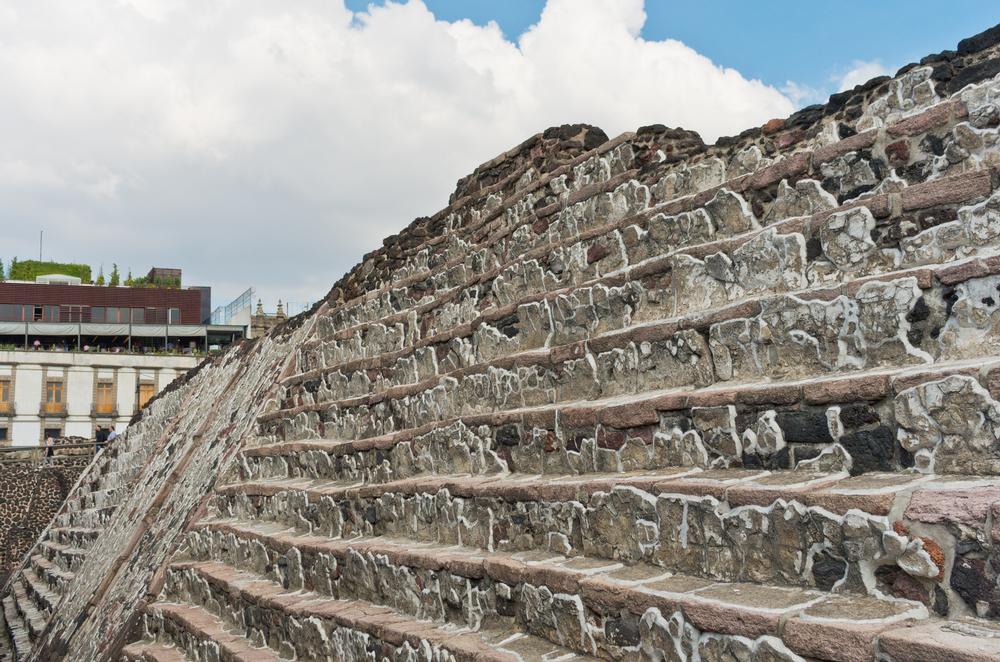
© Courtesy of Byelikova Oksana - Fotolia.com
This pyramid stood as a beacon of Tenochtitlán, the predecessor to modern-day Mexico City. It was built as a temple of worship to two gods; the god of war and the god of rain and agriculture. Construction of the temple dates back to the early 1300s, but numerous setbacks, including destruction by the Spanish in 1521, plagued the sacred site.
Located in Mexico City’s historic center, the temple is a UNESCO Heritage Site and receives close to a million visitors per year. Researchers have done extensive excavation work at the site and have discovered marvelous artifacts, including effigies, clay pots, skeletons and more. Visitors can see the Great Pyramid of Tenochtitlán on their own or as part of a guided tour.
Seminario 8, Centro Histórico, Cuauhtémoc, 06060 Ciudad de México, CDMX, Mexico
9. If You’re Seeking Family Fun, Ride the Thrills at La Feria Chapultepec Magico
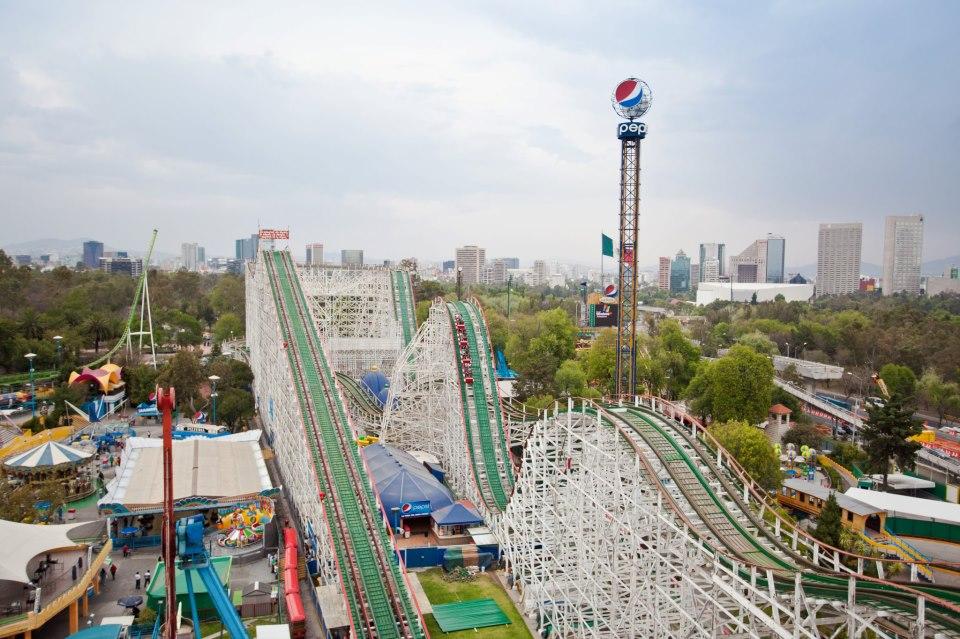
© La Feria Chapultepec Mágico
The Chapultepec Fair is one of the most exciting and exhilarating experiences that Mexico City has to offer. Open throughout the year, the fair features all kinds of attractions for the entire family. There are all kinds of theme park-style rides, carnival games, and seasonal attractions. Hair-raising roller coasters draw in teens and adults while younger kids can drive bumper cars or check out the arcade-style games at the fair. There are also a number of attractions for toddlers and babies. Visitors can purchase a one-day pass or buy season passes that grant access to particular attractions.
Bosque de Chapultepec II Secc, 11580 Miguel Hidalgo, CDMX, Mexico
Where I Like to Eat
- Pujol – Chef Enrique Olvera’s acclaimed restaurant offering a contemporary twist on traditional Mexican flavors.
- Contramar – Vibrant seafood hotspot famous for tuna tostadas and pescado a la talla.
- El Cardenal – Beloved for traditional Mexican breakfasts featuring homemade hot chocolate and chilaquiles.
My favorite local events:
- Day of the Dead Celebrations (Late October–Early November) – Colorful altars, parades, and festivities honoring loved ones.
- Festival del Centro Histórico (March) – Performing arts festival showcasing dance, theater, and music across historic venues.
- Vive Latino (March) – One of Latin America’s biggest rock and alternative music festivals.
My favorite day trips within 30 Minutes of Mexico City:
- Xochimilco (30 min) – Float on colorful trajineras through ancient canals while enjoying live music and food.
- Coyoacán (20–25 min) – Stroll cobbled streets, visit colonial churches, and explore the Frida Kahlo Museum.
- Ciudad Universitaria (25–30 min) – Wander the UNAM campus and admire its UNESCO-listed murals and architecture.
- San Ángel (20–25 min) – Explore art markets and historic plazas, especially during the Saturday Bazaar.
- Desierto de los Leones National Park (30 min) – Hike cool forest trails and visit a centuries-old monastery in the mountains.
- Basilica of Our Lady of Guadalupe (20–25 min) – Visit one of the most important pilgrimage sites in the Catholic world.
Plan Your Trip


